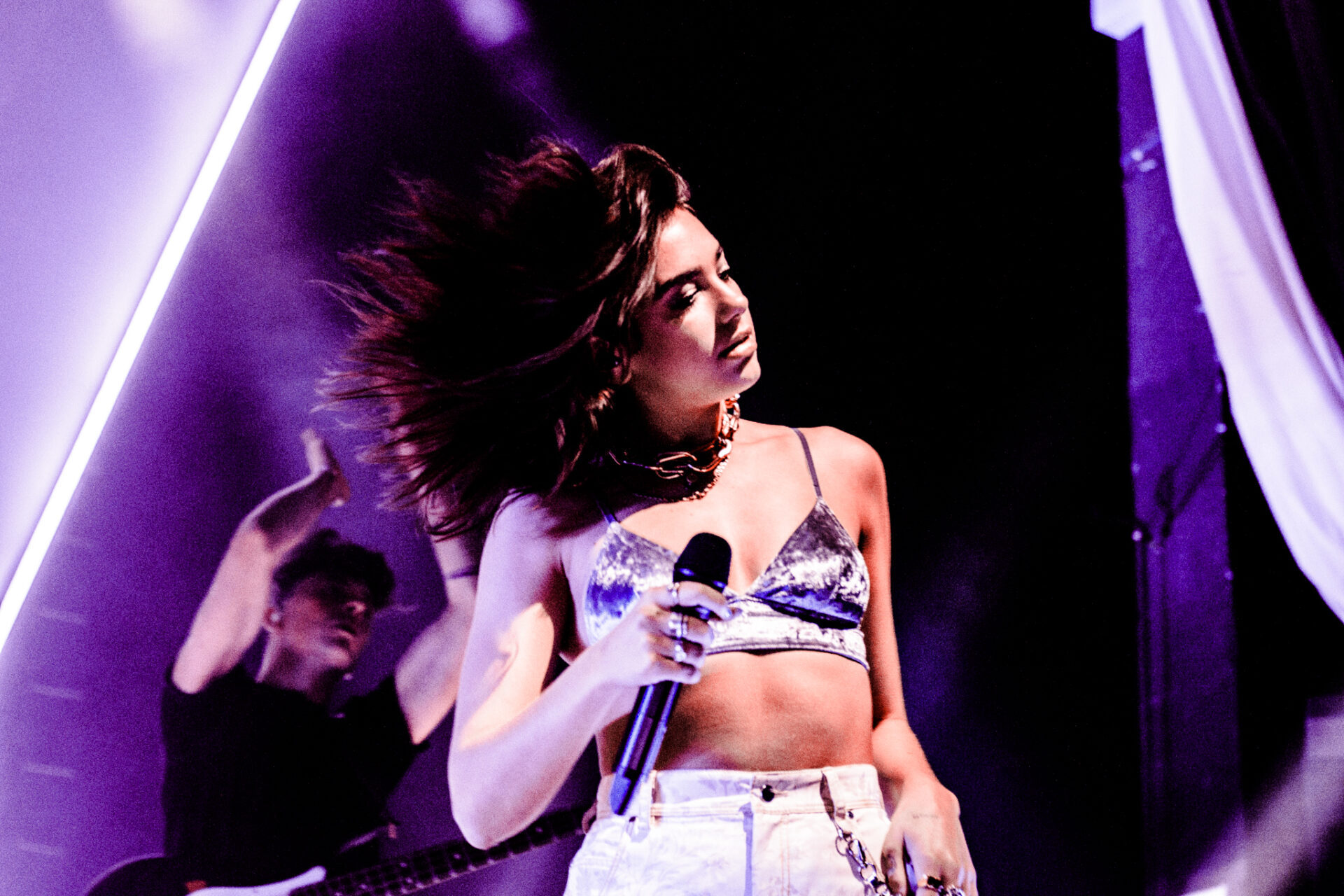There’s something symbiotically macabre when the animation style of stop-motion and the horror genre come together. It’s a match made in heaven, really. Scenes in horror films are predicated on setup and the eventual payoff (sometimes on numerous occasions). With stop-motion, there’s a meticulous nature that comes with it. In a highly detailed process, you are making figurines feel like they have a life of their own — much like the characters who have starred in our nightmares, like Freddy Krueger and Michael Myers. Practically and control are two pillars of what artists reside within, which can also be a gift and a curse. Losing yourself inside your art may feel liberating, but the world outside beyond your canvas can emulate whatever darkness you’re constructing if you’re not careful.
Robert Morgan’s Stopmotion peers inside the life of an artist who craves to control their own story. The film weaves a blend of live-action and animation in such fluid motion that it feels like a devilish fever dream. When we first meet Ella (Aisling Franciosi), you can tell she has an unlimited amount of resentment. She’s an aspiring artist who has reluctantly agreed to assist her mother, Suzanne (Stella Gonet), with the last work of her life. Suzanne is known as a legend in the stop-motion world, but a cropping bout of arthritis has rendered her hands disabled in moving her creations around. Ella obliges to being the hands while Suzanne is “the brains” of the story, but the partnership is contentious. If Ella moves a centimeter too early, her mother lets her hear about it often. It only stretches as the feeling of Ella wanting to be the narrator of her stories. One day, Suzanne has a stroke and falls into a coma. Ella feels she must finish the film, and her supportive boyfriend, Tom (Tom York), provides her with a lone apartment to serve as her workspace. But is it the time to complete another person’s story or begin her own?
It just so happens that she’s not alone in this complex. A nameless little girl (Caoilinn Springall), piqued by her curiosity about what Ella is doing, comes into the fray with an extremely active imagination. The girl’s ideas are, let’s say, a little out there. Instead of mortician’s wax, she urges Ella to make a new set of figures “life-like” with meat and, later, a dead fox. Born out of this new invention is a tale about a girl running away from a shadowy creeper called the “Ash Man.” A clever device is that Morgan and co-writer Robin King provide the story in doses throughout the film. It gives a bit of synergy, bridging the visual parts of the film together before they collide in a trippy, sometimes jarring mixture. Ella is constantly searching for something to come alive in her artwork (as well as within her inner sanctum). As the story inside the story continues to unfold, the puppets take on an almost real quality to them — but distinct enough to appear unsightly. But Stopmotion‘s central thesis, complete with some excellent camera work and editing by Léo Hinstin and Aurora Vögeli, helps the audience buy into the mania Ella is experiencing.
As the film goes on, Ella becomes more desperate to complete this small film to have something to claim ownership over. Her artistic values of freedom won’t allow her to take time away and even has her looking down on anybody who doesn’t adhere to that lifestyle. Things only get more stressful when she finds out Tom’s sister Polly (Therica Wilson-Read) may have taken light of her work and stolen the inspiration for herself. Stopmotion becomes a race against time against Ella losing her sanity and completing her defining opus. This is where the film starts to mix the ecosystems of the real and clay into an entertaining amount of body horror. Production designer Felicity Hickson shakes this conventional environment into a depressing metaphorical snow globe. It goes to the length of Stopmotion, escaping familiar story beats of loved ones being worried about the particular person, then seeking a final resolution to loosen the grip of that unnatural thing. We often ask how much of a person’s soul goes into a particular exhibit, but few know the actual cost of what that means. Many iterations of that theme exist, but in splicing together the fantastical and practical, often tedious process of human creation, this story is a welcome flip.
Photo Credit: IFC Films













